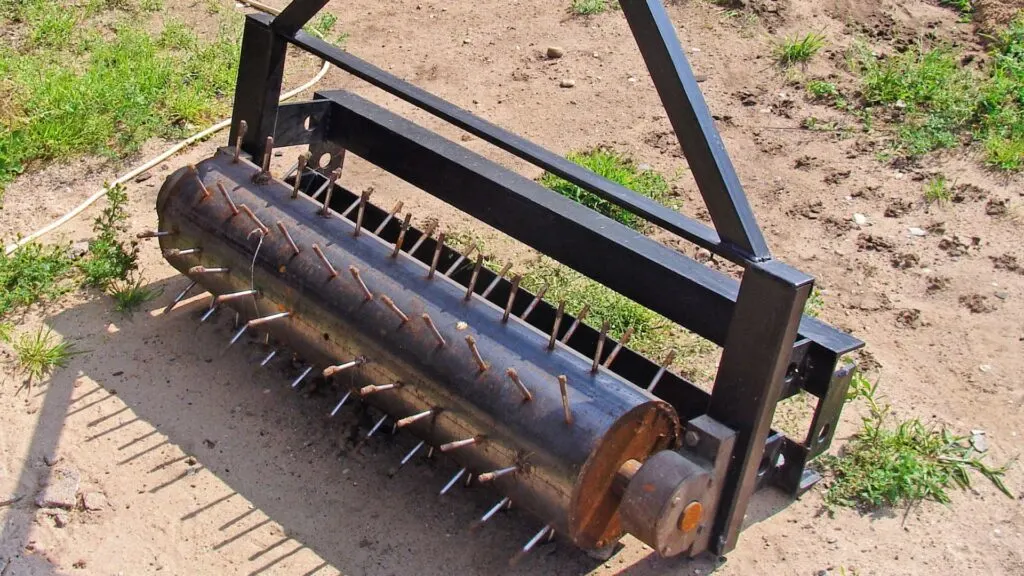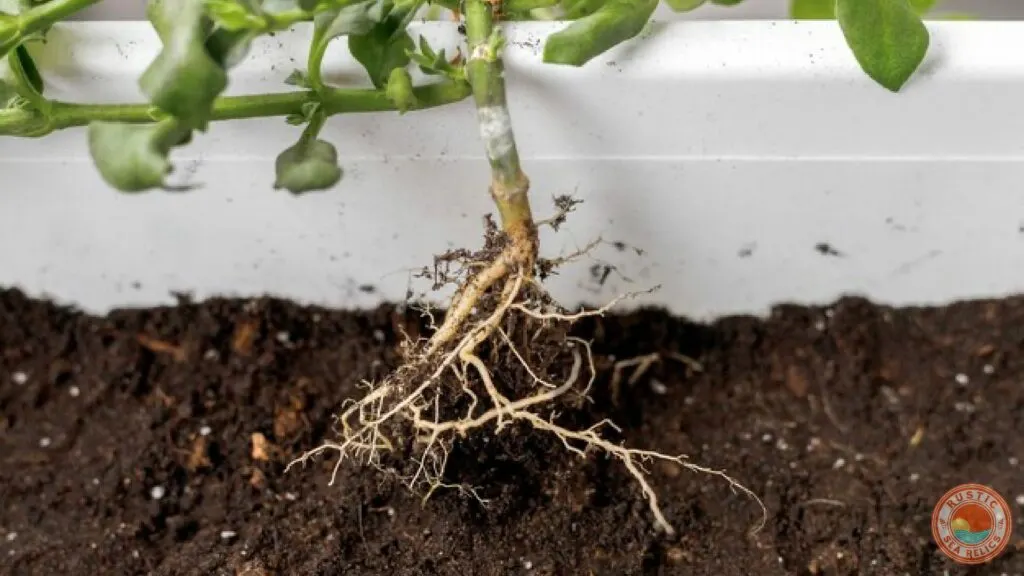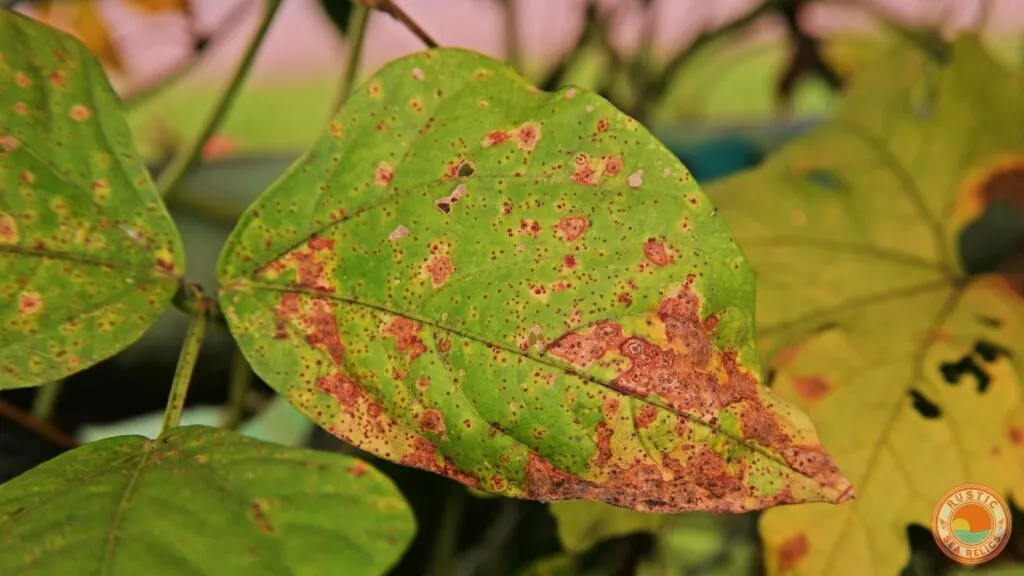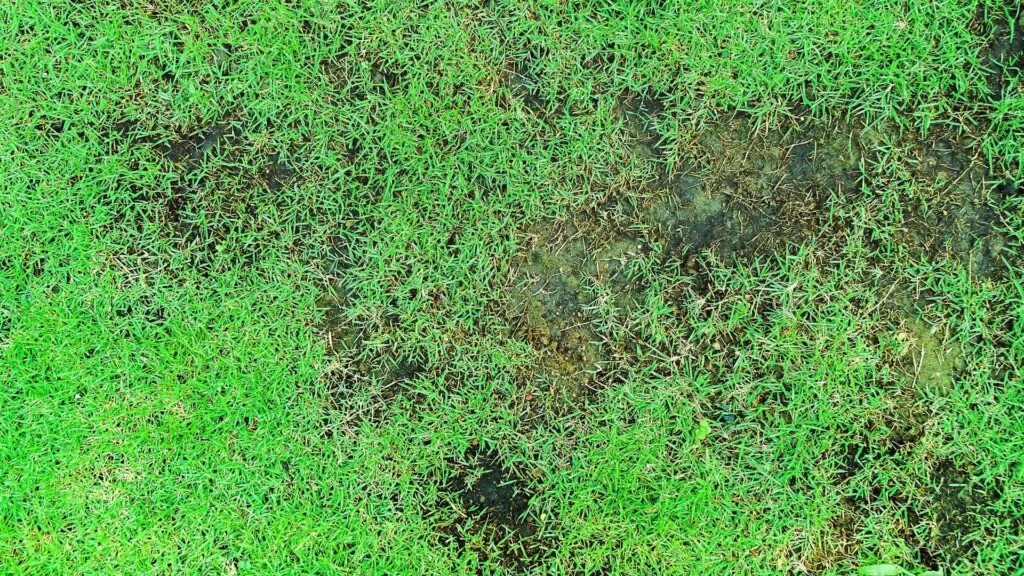In this article, I show you how to dry out overwatered soil in Florida lawns and plants quickly.
Even if you don’t need to dry out your yard or indoor plants, the tips in this article can be used to monitor and prevent excess moisture in your plant’s soil.
Here are some jump links to the main sections of this post to help you find the information you need quickly.
Helpful Tools
How to Dry Out Overwatered Soil: 17 Most Effective Ways
Risks of Overwatered Soil
Signs of an Overwatered Plant or Lawn
Proper Water Practices
Answers to Common Questions
Helpful Tools
Here is a list of helpful tools mentioned throughout this article to dry out soil and monitor soil health.
Tools to Dry Out Overwatered Soil
Hydrated Lime
Garden Fork/Aerator
Hairdryer
Fan
Organic Compost
Coarse Sand for Soil
Tools to Monitor Soil Health
Soil Moisture Meter
Probe for Sampling Soil
pH Meter for Gardeners
Digital Weather Stations
Irrigation Controller with Weather Intelligence
How to Dry Out Overwatered Soil in Florida: 15 Most Effective Ways
Excessive watering poses a threat to plant health by saturating the soil with too much water.
The following effective strategies and methods below will help you to quickly dry out overwatered soil and restore vitality to the roots of the plant or lawn.

1 – Stop Watering
The first step and best way to dry out soggy soil is to stop watering it immediately.
2 – Use a Tarp
To make sure the plant pot or lawn gets less water, cover the soil with a tarp or plastic sheet.
This prevents additional rainfall or irrigation from making the situation worse.
3 – Add Organic Matter
Enhance the soil’s drainage by adding organic matter, such as compost, to break up compacted soil and improve the old soil.
4 – Increase Aeration

Use a garden fork or aerator to increase soil aeration and boost evaporation.
Adding enough air pockets allows water to evaporate more quickly.
5 – Remove Mulch
Mulch can retain moisture in the soil, which leads to stagnant water.
If your soil is overwatered, removing the mulch aids in faster water evaporation by exposing the soil to air and sunlight.
6 – Create Channels
Make shallow channels or furrows in the soil to direct water away from the saturated area.
When the plant consumed enough water, the remaining water will travel away from the plant or lawn.
7 – Add Sand
Porous materials mixed to the top of the soil helps keep the soil dry.
Mixing coarse sand into the soil promotes proper drainage and helps the drying process.
8 – Use Fans to Improve Ventilation
Set up small fans to increase air circulation, which aids in the evaporation of excess moisture from the soil.
Improving ventilation mimics the benefits of wind and increases the rate of evaporation.
Use a small fan or place the plant near a window to increase airflow and eliminate water vapor.
9 – Sun Exposure
If possible, expose the surface of the soil to direct sunlight.
The bright light from the sun speeds up the evaporation process on the soil surface.
Make sure you place plants in a brighter location and away from the shady area or areas with low light.
Keep in mind, specific plants, such as tropical plants, need to be in the sun for a long time to thrive.
10 – Use Lime
Hydrated lime or quick lime helps balance the soil’s pH and improve drainage.
This is a great solution for lawns and large gardens.
It reacts with soil moisture, generating heat energy that dries up excess soil moisture.
However, use lime sparingly as excessive amounts leads to dry soil.
11 – Raise Plant Containers
If the overwatering is in potted plants, the best thing to do is elevate the containers to allow excess water to drain more easily.
Remember to monitor the raised plant for water loss, heavy rains, and high wind.
12 – Improve Drainage
Good drainage is crucial in preventing waterlogged soil.
If the soil in potted plants is soggy, add more drainage holes to the bottom of the pot or to the sides of the pot.
Creating pockets of air around potted plants can enhance soil aeration, promoting faster drying.
13 – Repot Plants
If this doesn’t work, the best drainage solution is to repot your plants in large pots.
Using houseplant soil is one of the easiest ways to provide your plant with the proper soil and nutrition.
14 – Use Absorbent Materials
Spread absorbent materials like sawdust, wood chips, paper towels, or dry straw over the wet soil to soak up excess moisture.
If the soil is overwatered but not pooling, you can use paper to absorb the excess water.
15 – Assess Soil Type
The type of soil can greatly influence its drainage capabilities.
Soil rich in fine particles, like clay, hinders water drainage.
If your soil is composed of similar materials, consider mixing in sand or compost to improve drainage.
To test your soil, use a soil probe and bring it to your local nursery.
16 – Use a Hairdryer
Though unconventional, a hairdryer helps dry out wet soil quickly for indoor potted plants.
Also, use the hairdryer on low to medium heat and at a low speed to avoid losing the soil or potting mix.
17 – Change Watering Schedule
Improper watering practices for an extended period of time is a common problem.
The good news is this problem can be easily fixed with an irrigation controller.
Risks of Overwatered Soil

Excessive moisture in fresh soil can be just as harmful as dry garden soil with insufficient watering.
Contrary to common belief, more water does not automatically translate to healthier plants.
Overwatering your plants leads to various issues with the root ball or root system.
Excessive moisture in the soil causes waterlogging, which cuts off the oxygen supply and leads to root rot.
Understanding the risk of overwatering helps you take action to prevent it from happening in the first place.
Signs of an Overwatered Plant or Lawn
Overwatered plants display several symptoms such as:

- Yellowing leaves or Brown Spots
- Stunted growth
- Watersoaked blisters on stems and leaves
- Soft, puffy leaves
- Rotten Roots
- Wilting of Plant’s Leaves
- Falling leaves
- Fungal Diseases
- Fungus Gnats
Maintaining Proper Watering Practices
To maintain healthy roots, make sure to provide the right amount of water at the ideal time interval.
Here are 3 tips to help you create the ideal irrigation schedule for your plants or lawn.
Deep Watering
Water plants or your lawn less frequently but for longer periods.
This encourages healthy plant roots.
Monitor Environmental Conditions
Monitor factors like rainfall, sunlight, and wind and adjust your watering schedule accordingly.
Low temperatures and low humidity levels require you to adjust your watering habits.
A smart irrigation controller and digital weather station helps you monitor outside conditions.
Use a Moisture Meter
A moisture meter helps you determine when your soil needs watering.
As a result, it’s a good idea and an easy way to manage soil moisture levels.
What Should I Do If My Soil Is Too Wet?
If your soil is too wet, you can try one of the different methods mentioned above to dry it out. Alternatively, you can repot your plant in a new pot with new soil.
How Does Soil Particle Size Influence Texture And Drainage?
The larger the soil particle size, the better the drainage.
Therefore, soil types like clay, which have small particles, have poor drainage and hold too much moisture.
How can I tell if my soil is overwatered?

Signs of overwatering include wilting despite moist soil, yellowing leaves, and a foul odor. Additionally, the soil may feel excessively wet and may even develop mold or fungus.
Can I save plants that have been overwatered, or is it too late?
In many cases, overwatered plants can be saved by promptly addressing the issue.
Implementing proper drainage, improving aeration, and adjusting watering practices can often revive plants that show signs of stress.
How long does it take to dry out overwatered soil using these methods?
The drying time varies based on factors like soil composition, weather conditions, and the extent of overwatering.
Generally, implementing corrective measures can lead to noticeable improvement within a few days to a couple of weeks.
Should I completely stop watering my plants to dry out the soil?
Yes, the first thing to do is stop watering to allow the soil to dry out.
Adjust your watering schedule afterward based on the specific needs of your plants.
Remember to consider factors such as soil type, climate, and plant requirements,
Can I use any type of sand to improve soil drainage?
Coarse sand, such as builder’s sand or horticultural sand, improves soil drainage.
Avoid using fine sand, as it can exacerbate soil compaction issues.
Mix the coarse sand thoroughly with the soil for optimal results.
Conclusion
In conclusion, learning how to dry out overwatered soil in Florida is an essential skill for any gardener.
The strategies I shared in this article enhance drainage, promote aeration, and create optimal conditions for a plant’s roots to thrive.
Keep in mind, a proactive approach is a great way to maintain healthy indoor and outdoor plants
By observing your lawn, plants, and overall soil health, your plants with flourish with new growth year after year.
Related Posts:
